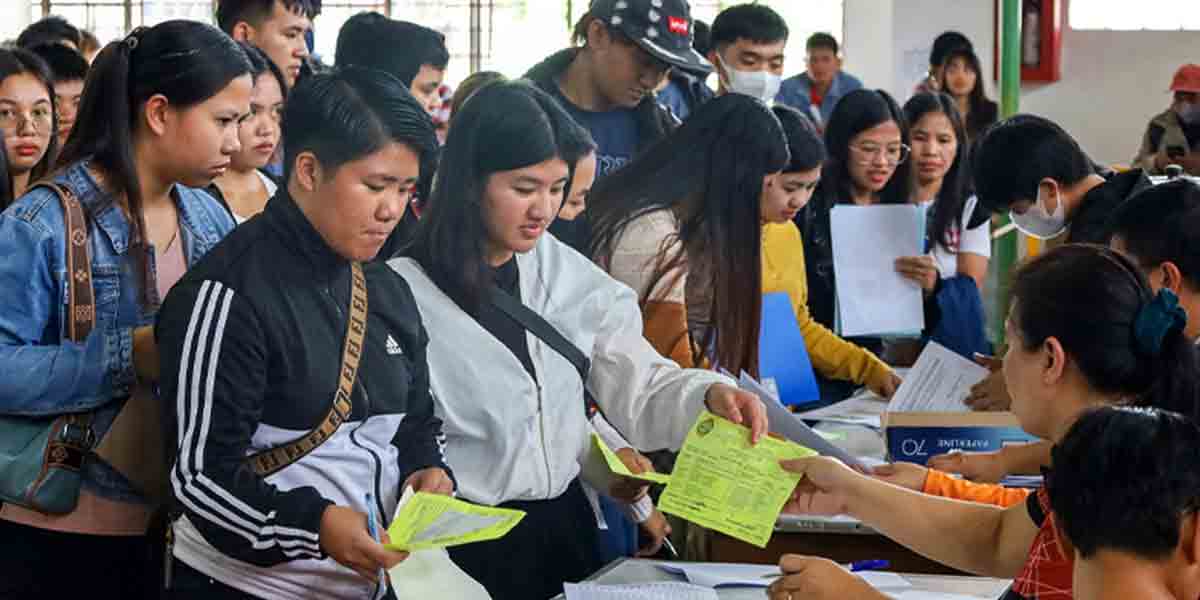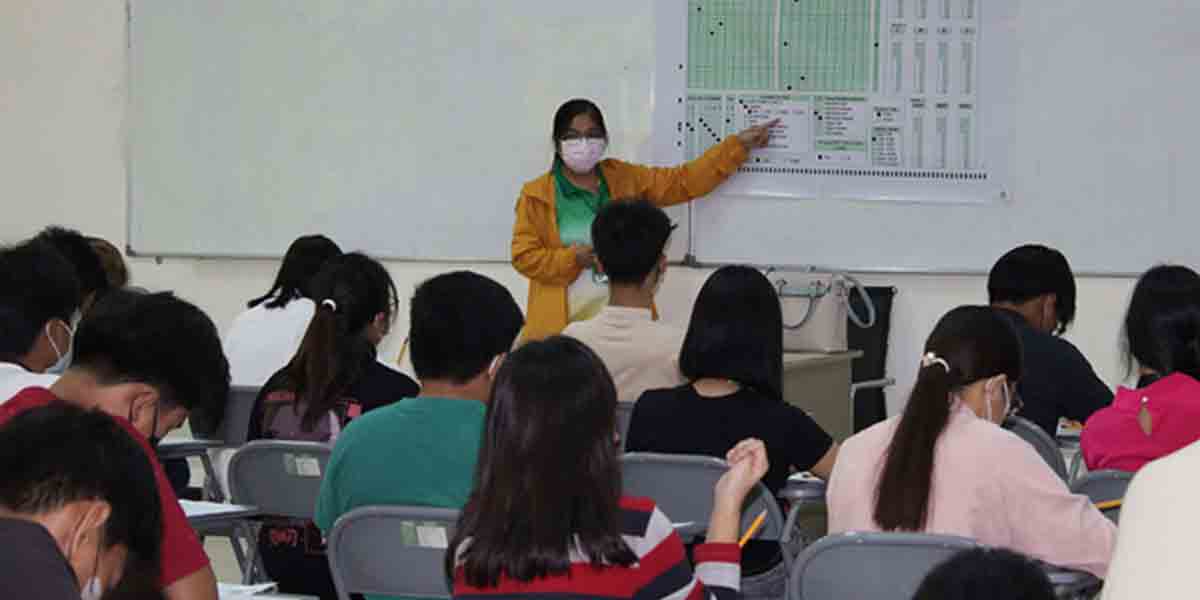By Nana Addo Dankwa Akufo Addo, President of Ghana, Jonas Gahr Støre, Prime Minister of Norway; Tedros Adhanom Ghebreyesus, Director-General, World Health Organization; and Yannis Vardakastanis, President of International Disability Alliance.
Grace is a primary school teacher in Malawi. She was also a university student, working towards a bachelor’s degree. She had a small business selling second-hand clothes. And she is a person with albinism. Albinism is characterized by a significant deficit in the production of melanin, resulting in the partial or complete absence of pigment in skin, hair, and eyes. Vision impairment is part of the disability.
When the covid-19 pandemic hit, Grace’s university classes transitioned to virtual ones. The online platform was inaccessible for persons with vision impairment. This made it impossible for Grace to continue her studies. In addition, Grace did not have access to basic eye care and sunscreen because her nearest health facility was shut down. This impeded her from leaving her home during the outbreak, leading her to lose her job as a teacher and a substantial part of her family’s income
Grace’s story is not unique. It exemplifies how the pandemic has disproportionately affected the over one billion people with some form of disability. Data from the UK show that persons with disabilities made up six in ten of all COVID-19 related deaths in 2020. Women and girls with disabilities are most at risk. Persons with a learning disability are approximately four to five times more likely to be hospitalized for COVID-19, and up to eight times more likely to die from COVID-19 than those without a learning disability.
Even before the pandemic, persons with disabilities encountered a range of barriers in their daily life, and when accessing social services. These include physical barriers that prevent access to public and social facilities and specific interventions, informational barriers that impede economic and health literacy and prevent access to information, and attitudinal barriers that give rise to discrimination.
As a result, persons with disabilities are three times more likely to be denied health care, four times more likely to be treated inadequately in the health care system, and twice more likely to suffer catastrophic health expenditure. 80% of persons with disabilities live in low- and middle-income countries, where access to basic social and economic services may be especially limited for persons with disabilities.
This is unacceptable. In a world preparing for the post-pandemic era, we all need to acknowledge that achieving health and well-being for all will only be possible through disability inclusion in health sector priorities. Otherwise, universal health coverage is at risk of remaining a utopia, with one in seven around the world not receiving the health services they need without financial hardship. Recognition of the importance of disability inclusion is only the first step towards achieving health for all.
The second step is a commitment to build a disability-inclusive health sector that will facilitate the universal access to health services for persons with disabilities.
Promoting such a commitment will be at the heart of The Global Disability Summit 2022. The Summit will be a powerful platform and opportunity to bring the international community together to commit to disability inclusion.
The third and most critical step is to take action. All stakeholders, including governments, civil society, multilateral organisations, the private sector, and other partners, must collaborate on taking a disability inclusive approach. We must design equitable programmes, including health services, to ensure persons with disabilities achieve the highest attainable standard of health, as demanded by the World Health Assembly in 2021.
As called for by its member states, WHO will launch a global report on the health of persons with disability in December 2022, together with a Guide for Action to support countries in the implementation of the recommendations of the report. The implementation of the United Nations Disability Inclusion Strategy across the WHO through a 3-year action plan is an example of good practice worth scaling-up.
The time to act is now. The Global Disability Summit is an excellent springboard which must be used to create momentum towards universal disability inclusion policies. Together, we can create a disability inclusive health sector that respects the right to health for every person. A world where universal health coverage is truly universal, and everyone is protected from health emergencies.
Originally published by BMJ on 16 February 2022.





















